Poriferas/Sponges
1/73
There's no tags or description
Looks like no tags are added yet.
Name | Mastery | Learn | Test | Matching | Spaced |
|---|
No study sessions yet.
74 Terms
What are the pores and canals of Porifera used for?
Filter feeding
The porifera’s skeleton is made of what?
Spicules
What does it mean when it is said an animal is marine?
It is from the sea
What does it mean when it is said an animal is aquatic?
It means it is related to water
What is unique to Porifera?
Cellular Embryonic Development
This kind of Embryonic Development has a blind/complete gut, no mesoderm, and no distinct cleavage pattern:
Diploblastic
Acoelomates are Diploblastic:
False
Pseudocoelomates are Triploblastic:
True
Coelomate Deuterostomes are Triploblastic:
True
Coelomate Lophotrozoan Protosomes are Diploblastic:
False
This Embryonic Development has a blind/complete gut, Mesoderm fills Blastocoel, mouth first, and spiral cleavage:
Acoelomate
This Embryonic Development has no/complete gut, Mesoderm lines outer edge of Blastocoel, mouth first, and spiral cleavage:
Pseudocoelomate
Acoelomate and Pseudocoelomate are different, how?
Mesoderm fills the Blastocoel in Acoelomate and Mesoderm lines the outer edge of Blastocoel
This Embryonic Development has a complete gut, Coelom opens up Mesoderm via schizocoely, Mesodermal band fills Blastocoel, mouth first, and Spiral Cleavage:
Coelomate Lophotrozoan Protosome
This Embryonic Development has a complete gut, Mesoderm/Coelom form together, Anus first, and Radial Cleavage:
Coelomate Deuterostome
What kind of cell organization does Poriferas have?
Cellular Level of Organization
What is the benefit of the lack of germ layers?
It allows for more complex metazoans
All sponges are capable of giving rise to any other types of cells this means they are:
Totiponent
What cell forms the outer covering of the sponge?
Pinacocyte
What cell may phagocytize large food particles?
Pinacocyte
What means cell ingestion?
Phagocytize
What is the egg cell of a Porifera called?
Oocyte
What controls the water flow through the Ostia?
Porocytes
What delivers nutrients to cells and differentiate into other cell types?
Archeocytes
What secretes the silica spicules?
Sclerocytes
What generates water currents and filters food particles from water?
Choanocyte
What pores allow for inflow?
Ostia
What pores allow for outflow?
Oscula
Osculas are small pores:
False
There are very few Osculas in a sponge:
True
What is the gelatinous cellular layer of a sponge called?
Mesohyl
What system of body planning do Sponges use?
Canal Systems
What is the interior of a sponge lined with?
Choanocytes
What drives water current with flagellum and captures food?
Choanocytes
What kind of skeleton prevents collapse in Porifera?
Spicule Skeleton
How many types of canal systems are there?
3
What differs the canal systems from one another?
Their Complexity
What canal system is simple and mostly small and tubed shaped?
Asconoid
These two canal systems have a single spongocoel and osculum:
Asconoid and Syconoid
This canal system has water entering through pores into spongocoel which is lined with Choanocytes:
Asconoid
This canal system has the lining of the spongocoel folded back to make radial canals lined with chanocytes:
Syconoid
Which canal system is the most complex and promotes larger sizes?
Leuconoids
This canal system increases the proportion of flagellate cells relative to the total sponge’s volume:
Leuconoid
What canal system uses choanocyte-lined chambers and multiple oscula for outflow?
Leuconoid
What canal system doesn’t have a spongocoel?
Leuconoid
Most sponges have what kind of canal system?
Leuconoid
What maximizes filtration efficiency through increases of surface area?
Choanocyte
How much water can Poriferas filter?
3,000x their volume in 24 hours
What increases the surface area?
Folds or Internal intricacies
What are microscopic structural elements?
Spicules
What are protein fibers in a Porifera?
Spongins
What stiffens collagen?
Spicules and Spongins
How do Porifera reproduce?
Asexually and Sexually
How do Porifera reproduce asexually?
Through bud formation
What can Porifera do with fragments?
Produce viable adults
Do Porifera have male or female gametes?
Both
What refers to an organism with two sex organs?
Hermaphrodites
How is sperm distributed through sexual reproduction of a Porifera?
It is shed into the water
What do Zygotes develop into?
Ciliated larvae
What is released into the water, settled and developed into a sponge?
Ciliated Larvae
Do Porifera have the ability to repair injuries and regenerate lost parts?
Yes
What made Porifera so successful since they are soft bodied?
Toxins, Resilience, and ciliated larvae
When do Porifera release toxins?
When a predator takes a bite of them
What do toxins generally do to defend Porifera?
It makes them taste bad, kills or sickens the predator
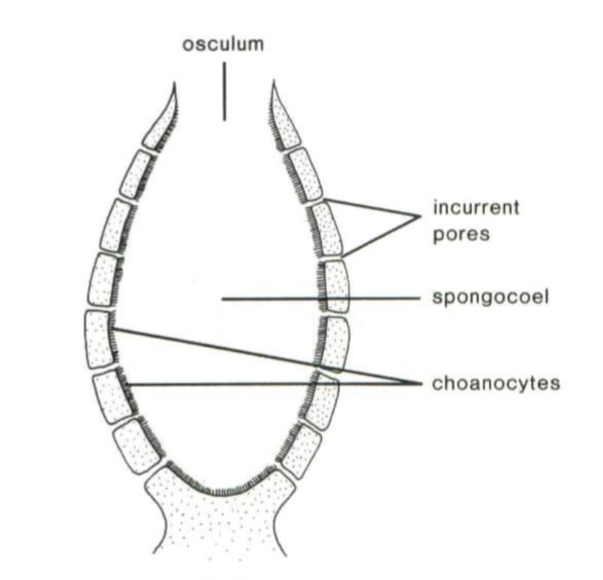
What canal system is this?
Asconoid
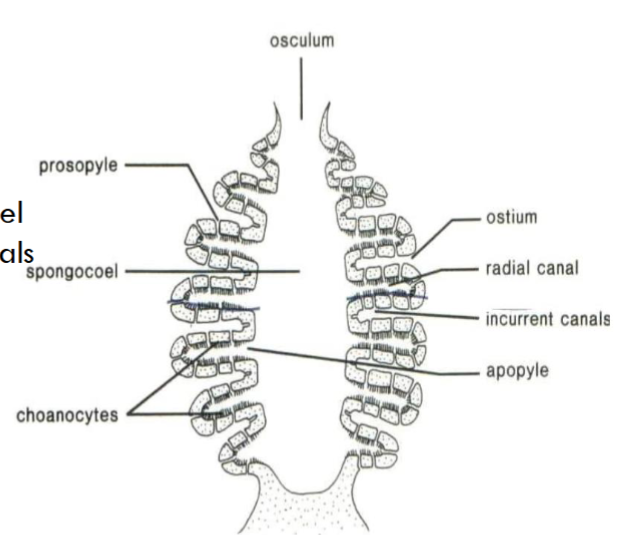
What canal system is this?
Syconoid
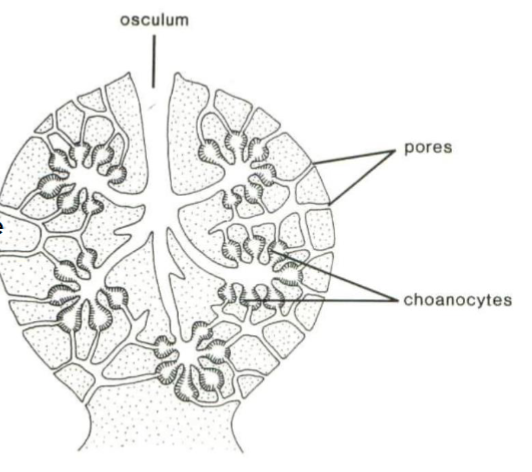
What canal system is this?
Leuconoid
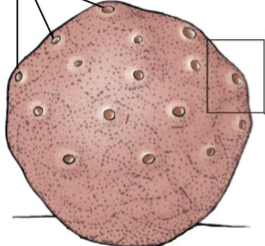
What is this?
The Oscula
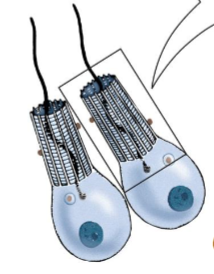
What are these?
Choanocytes

What is this?
The Choanocyte Chamber
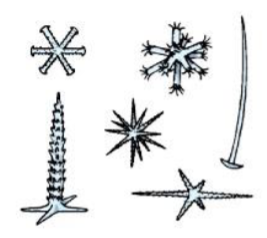
What kind of siliceous spicules is this?
Hexactinellida
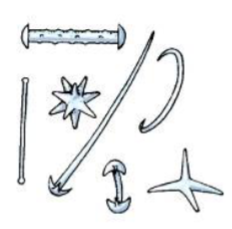
What kind of siliceous spicules is this?
Demospongiae

What is this?
Spongin
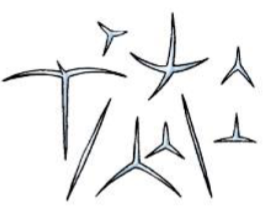
What is this?
Calcareous